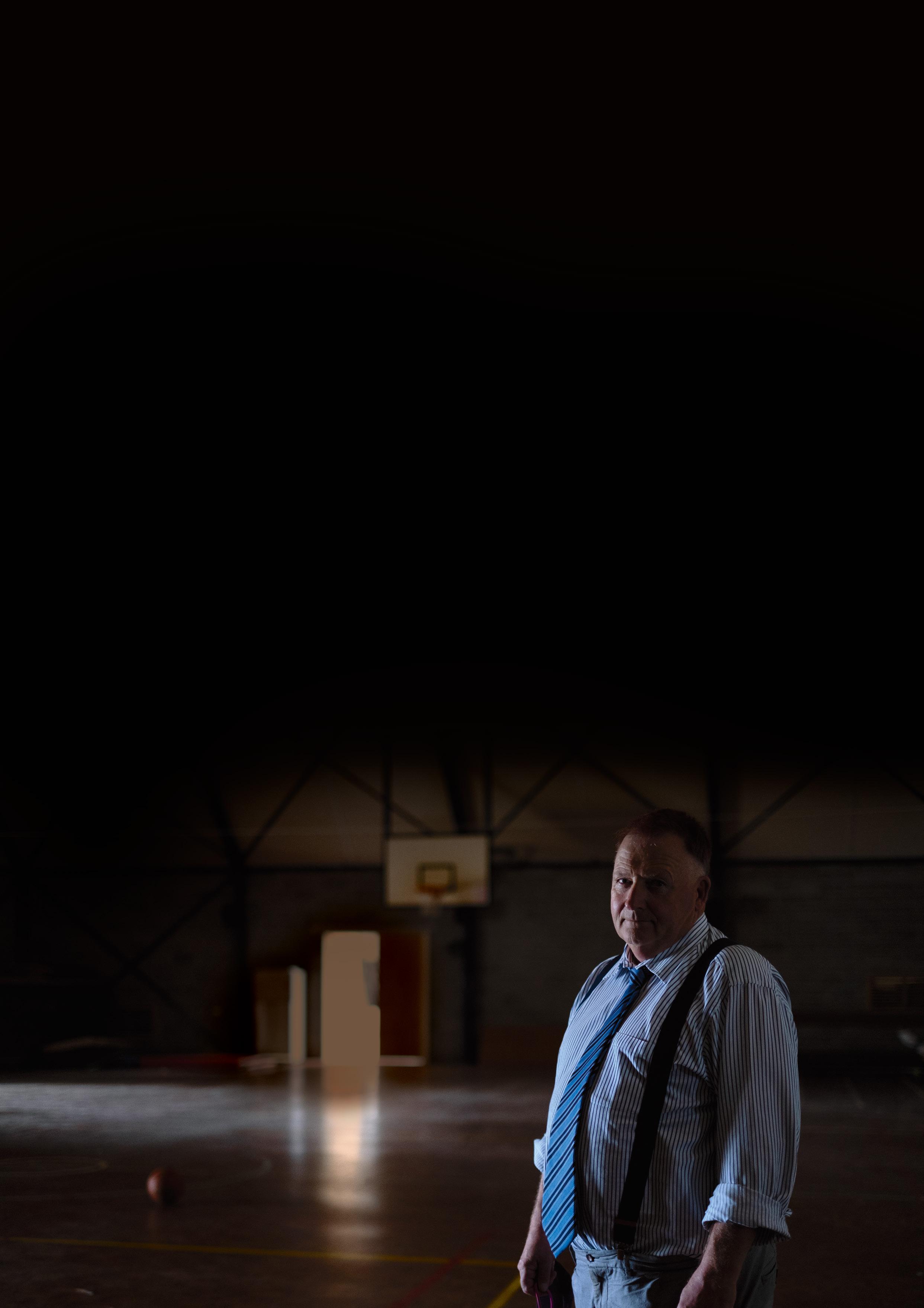
3 minute read
Victorian bushfires remembered: Strength through unity
Editorial and photography: Jesse Wray-McCann and Clare O’Donnell
In the aftermath of the bushfires that hit towns across eastern Victoria in late 2019, everyday community members and leaders stood up to help police and authorities kickstart the recovery process.
In Corryong in the state’s north east, Sergeant Liam McMahon was struck by the actions of locals who became the glue that kept a distressed community together.
“The Red Cross, the Lions club, Country Fire Authority (CFA) and State Emergency Service volunteers, they’ve been incredible,” Sgt McMahon said.
“A lot of the church groups have really come together to support the community, too, and that’s been really well-received.
“Those little community groups are what make the biggest difference and I’d hate to think how much worse off we’d be without them.”
Sgt McMahon said he also found personal and professional support from other community leaders within organisations such as the local health service, CFA, the Department of Environment, Land, Water and Planning and local school principals.
“We all became a backstop for each other and checked in on one another, which was really important for each of us individually,” he said.

Sgt Liam McMahon said the efforts of community groups and other organisations have been vital in getting Corryong back on its feet.
Road closures and downed powerlines meant dozens of towns were cut off from supplies, electricity, water and support in the days after the fires swept through.
But this gave these proud country communities a chance to shine.
In Buchan, the staff at the Buchan Caves Hotel worked under the light of headlamps to keep the many firefighters, police and paramedics fed.
Similarly, in isolated Cann River, local café Relics stepped up to the plate by serving up meals to anyone stuck in town.
Further east in Mallacoota, local police had the mammoth task of coordinating the evacuation of thousands of stranded holidaymakers and residents after the fire.
Led by Acting Senior Sergeant Glenn Owens, who usually works in Melbourne’s eastern suburbs, police organised important meetings at the town’s community centre where they and representatives from other agencies could update people on the evacuation plans and incoming supplies.
Central to the police efforts in keeping the community informed and listening to their concerns was A/Sen Sgt Owens’ partnership with Mallacoota P-12 College principal Tim Cashmore.
Mr Cashmore, with his standing in the town and connections with so many school families and other locals, became a crucial conduit of information between the community and the authorities.
“I wanted the community to have a voice because that’s who we were there for, so I ensured we had a community leader as part of our emergency management team,” A/Sen Sgt Owens said.
Among the many things Mr Cashmore did in the fire aftermath, he produced daily newsletters with important information for the community.
“We were trying to get the newsletter out every day, just letting people know what the latest information was, where they could access help, whether you’re a tourist trying to get out or a permanent local,” Mr Cashmore said.
A/Sen Sgt Owens said the police and community were indebted to the efforts of Mr Cashmore.

Mallacoota P-12 College principal Tim Cashmore worked with police and other authorities to keep the community informed in meetings in the local community centre gym.
And the feeling is mutual, with Mr Cashmore a year on from the fires often speaking of his admiration of A/Sen Sgt Owens’ and the local police.
“When I met Glenn Owens, he made himself available, he would stand there and people would come at him and he calmly answered everybody,” Mr Cashmore said.
A/Sen Sgt Owens said he formed a special bond with Mallacoota and its people.
“I’d never been to Mallacoota before and I fell in love with the place,” he said.
“It’s an absolutely beautiful part of the world, and I’ve never been to a place like it where you’re walking down the street and people would clap you and come and give you a hug.
“To get that recognition from the community was heartfelt, it was amazing.”










